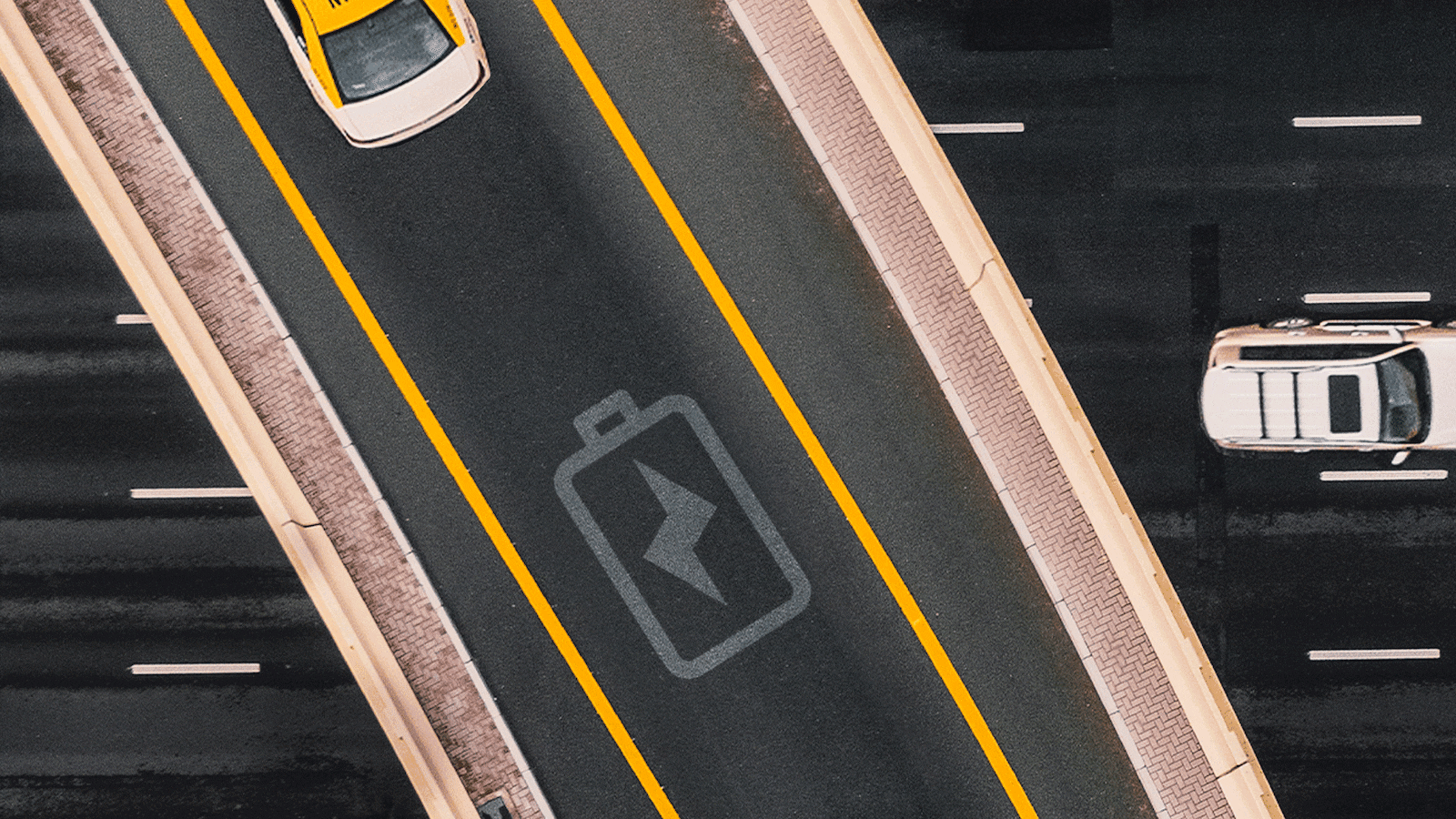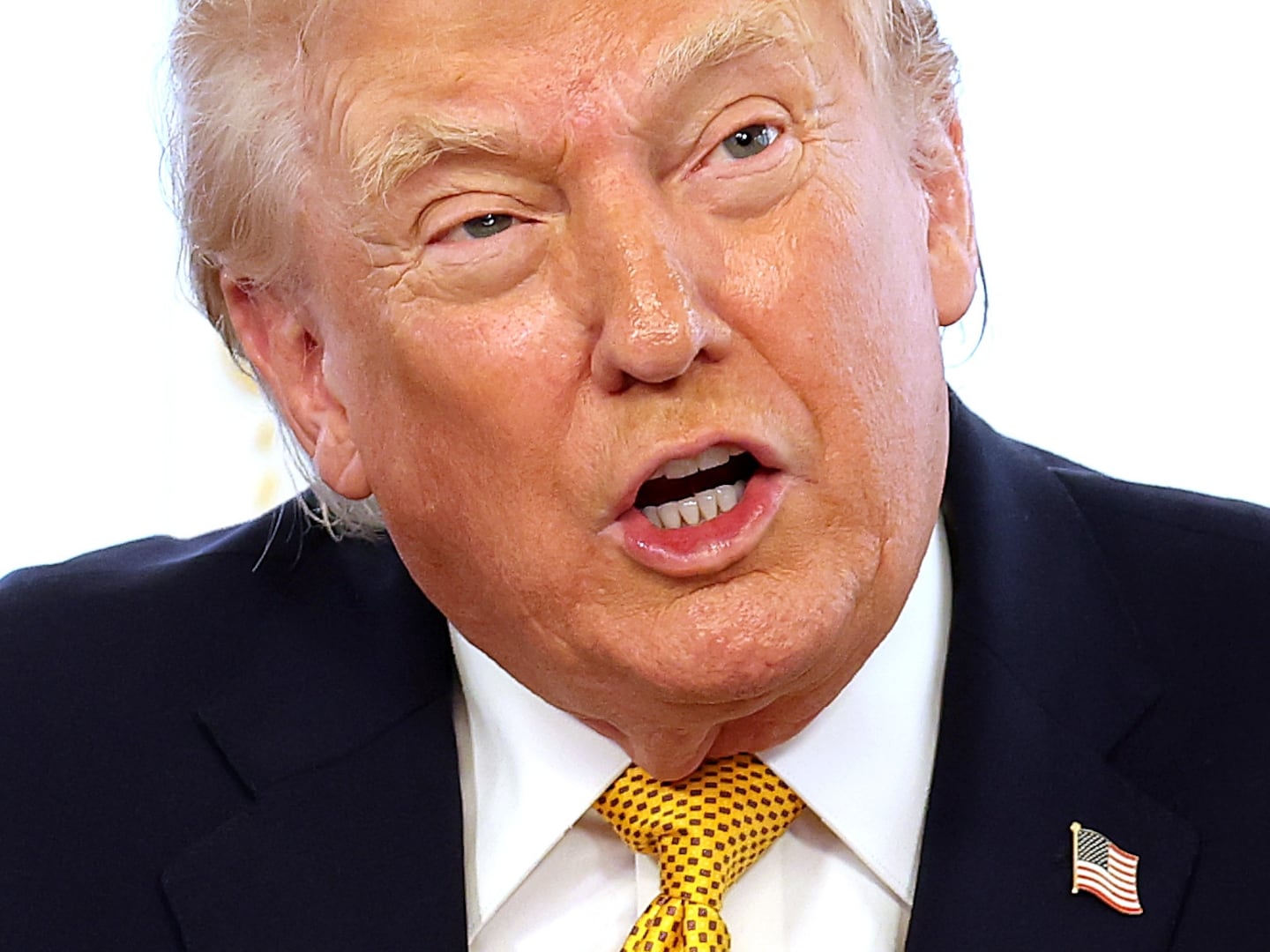People avoid buying electric vehicles out of fear. Many worry the charging infrastructure isn’t adequate, that they’ll get stranded between charging stations—a concern known as range anxiety. But now a pilot program in Michigan could ease that tension.
Next spring, the nation’s first mile of public road that can charge electric vehicles as they drive over it will go online in Detroit.
A joint venture between the Michigan Department of Transportation (MDOT) and Israeli mobility startup Electreon, the road is the centerpiece of a $5.7 million program to study how charging roads in dense urban environments affect everyday life.
The technology is the same used to wirelessly charge a smartphone—on a much larger scale. A box connects magnetic coils embedded into asphalt to the power grid, and those coils then emit a magnetic field that is picked up by a receiver mounted to an EV’s chassis. The road isn’t meant to bring an EV back from empty: It charges at 20 kilowatts, roughly the same consumption rate an EV uses at highway speeds. The receiver can be installed on the assembly line or as an aftermarket accessory, and will work both in motion and while the vehicle is parked.

eTruck powered by Electreon wirelessly charging - tech overview
Courtesy of electreonPassenger cars would potentially need one receiver, while buses and tractor trailers could require six or more. Drivers will only pay if they’re recharging while driving on the road, which will also be open to non-electric vehicles.
Proponents say that if every state adopted the tech it could unlock seamless coast-to-coast travel in an EV and cars that would run indefinitely without needing to stop for recharging.
“It’ll be an interesting technology if they can pull it off,” Tesla Model 3 owner Ryan Talbot told The Daily Beast. “That’s a huge hardware and infrastructure lift.”
He said he gets between 260 and 280 miles per charge and drives between the Detroit metro and Grand Rapids, a distance of 130 miles, fairly regularly. Range anxiety doesn’t play much of a factor because there’s a Tesla Supercharger station on his way back from Michigan’s west coast, and it takes him around 20 minutes to charge up enough to get home—where he plugs into a Level 2 charger.
Talbot said if he was renting an apartment, the lack of a home charger would have made him think twice about ditching a traditional vehicle for an EV. But his access to the Supercharger stations—which are reserved for Teslas—means the Electreon road isn’t a huge need, and it would actually use up more battery to get there than he would recoup.
“I would probably check it out for kicks,” he said. “I don’t know I’d go out of my way to have a net neutral charge state at the end.”
Electreon’s Detroit pilot builds upon its projects in Israel and Sweden. In the former, a 2-kilometer stretch of road charged buses; the other tested semi trucks and winter’s impact on a 1.6-kilometer inductive road. The startup chose Michigan for a U.S. trial because the state’s notorious winters and briny, pock-marked roads allow engineers to test its tech in extreme conditions. And Michigan is known for these sorts of firsts: It’s home to the first-ever mile of concrete highway and the nation’s first interstate highway system.

Laying road segments in Sweden
Courtesy of electreonNeighboring Indiana is conducting its own experiments with magnetized concrete at a research facility, but Michigan’s leapfrogs that effort by deploying directly to a public road.
“Michigan definitely led the first automotive revolution 100 years ago,” Electreon Vice President Asaf Maman told The Daily Beast. “It’s going to lead the mobility revolution.”
There are unresolved questions, however.
The receiver units will require semiconductors, and some have forecasted the global chip shortage will stretch into 2026. “Right now we’re not anticipating any material shortages,” said Michelle Mueller, senior project manager for connected and automated vehicles at MDOT. “If it becomes a challenge, we’ll come up with a strategy.”
Electreon say the chip shortage is “a challenge we will face and we will tackle.” It’s looking into local suppliers for chips and copper wiring but acknowledges that this could be an expensive proposition—not unlike EVs themselves.
Having an EV in the driveway is a luxury for many. Last December, the average price was $56,000, which is $10,000 more than an average internal combustion engine (ICE) vehicle. Factor in the Motor City’s highest-in-the-nation auto insurance premiums (Michigan leads U.S. rates) and the gulf between direct beneficiaries and everyone else widens further.
The average income in Detroit’s Wayne County is below $30,000 for individuals and under $50,000 for households. In 2019, EVs had a 0.31 percent market share in Michigan based on total sales, and represented 2.5 percent of global auto sales the same year. Those numbers are trending upward, but ICE vehicles outnumber EVs by a wide margin and likely will for decades.
As a result, charging roads will primarily benefit the affluent while the rest of Detroit’s drivers are forced to swerve around crater-like potholes. When Electreon’s magnets are buried three inches into the road, will those streets take priority during pothole season?
“We definitely have to be in tune with the owner and operator of the road for immediate maintenance,” Maman said. However, he stressed that because the magnets are wired in parallel (like Christmas lights) damage to one sensor will nominally reduce efficiency but won’t take the entire network down or require emergency repairs. He said questions like this are why Electreon isn’t simply building the infrastructure, figuring out how monetize it, and leaving town. “We’re staying [in Michigan] for operation and maintenance, preparing for these types of scenarios.”
Both Electreon and MDOT say there are benefits even for those who don’t own a vehicle: cleaner air, less noise, and increased efficiency for commercial deliveries.
MDOT sees it as a way of changing public transit’s less-than-ideal perception in Michigan, as well. The technology could be a boon for fixed-route bus lines, and be used to increase or improve options for last-mile travel–the gap between parking a personal vehicle and getting to your destination. The next step is evangelizing it to Detroiters.
“There will be a lot of community outreach and education as we go through this,” Mueller said.
Whether that’ll lead to people taking an electric bus to the airport instead of ride-sharing is still anyone’s guess, though.






